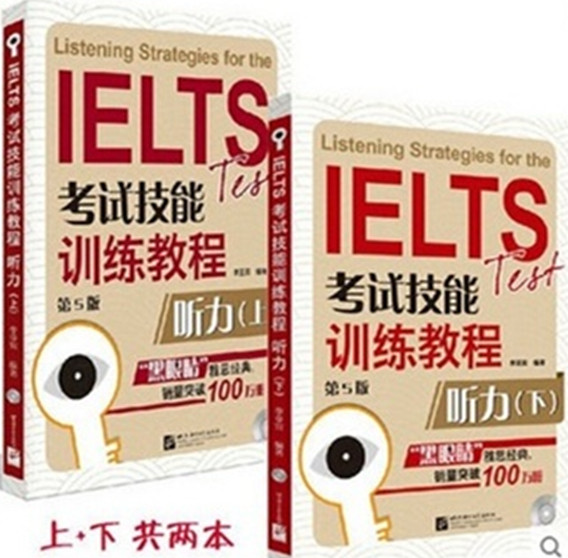雅思考試聽力練習(xí)第十二期
As we saw in the last lecture,
a major cause of climate change is the rapid rise in the level of carbon dioxide in the atmosphere over the last century.
If we could reduce the amount of CO2, perhaps the rate of climate change could also be slowed down.
One potential method involves enhancing the role of the soil that plants grow in, with regard to absorbing CO2.
Rattan Lal, a soil scientist from Ohio State University, in the USA,
claims that the world's agricultural soils could potentially absorb 13 per cent of the carbon dioxide in the atmosphere
the equivalent of the amount released in the last 30 years.
And research is going on into how this might be achieved.
Lal first came to the idea that soil might be valuable in this way not through an interest in climate change,
but rather out of concern for the land itself and the people dependent on it.
Carbon-rich soil is dark, crumbly and fertile, and retains some water.
But erosion can occur if soil is dry, which is a likely effect if it contains inadequate amounts of carbon.
Erosion is of course bad for people trying to grow crops or breed animals on that terrain.
In the 1970s and 80s, LaI was studying soils in Africa so devoid of organic matter
that the ground had become extremely hard, like cement.
There he met a pioneer in the study of global warming,
who suggested that carbon from the soil had moved into the atmosphere.
This is now looking increasingly likely.
Let me explain. For millions of years, carbon dioxide levels in the atmosphere have been regulated,
in part, by a natural partnership between plants and microbes — tiny organisms in the soil.
Plans absorb CO2 from the air and transform it into sugars and other carbon-based substances.
While a proportion of these carbon products remain in the plant,
some transfer from the roots to fungi and soil microbes, which store the carbon in the soil.
The invention of agriculture some 10,000 years ago
disrupted these ancient soil-building processes and led to the loss of carbon from the soil.
When humans started draining the natural topsoil,
and ploughing it up for planting, they exposed the buried carbon to oxygen.
This created carbon dioxide and released it into the air.
And in some places, grazing by domesticated animals has removed all vegetation, releasing carbon into the air.
Tons of carbon have been stripped from the world's soils — where it's needed — and pumped into the atmosphere.
So what can be done?
Researchers are now coming up with evidence
that even modest changes to farming can significantly help to reduce the amount of carbon in the atmosphere.
Some growers have already started using an approach known as regenerative agriculture.
This aims to boost the fertility of soil and keep it moist through established practices.
These include keeping fields planted all year round, and increasing the variety of plants being grown.
Strategies like these can significantly increase the amount of carbon stored in the soil,
so agricultural researchers are now building a case for their use in combating climate change.
- 12017-07-08雅思聽力SECTION 4得分策略解讀
- 22017-07-08雅思聽力SECTION 3得分策略解讀
- 32017-07-08雅思聽力SECTION 2的得分策略解讀
- 42017-07-08雅思聽力section1得分關(guān)鍵點(diǎn)解讀
- 52017-04-182017雅思聽力考試詞匯記憶匯總(9講)





